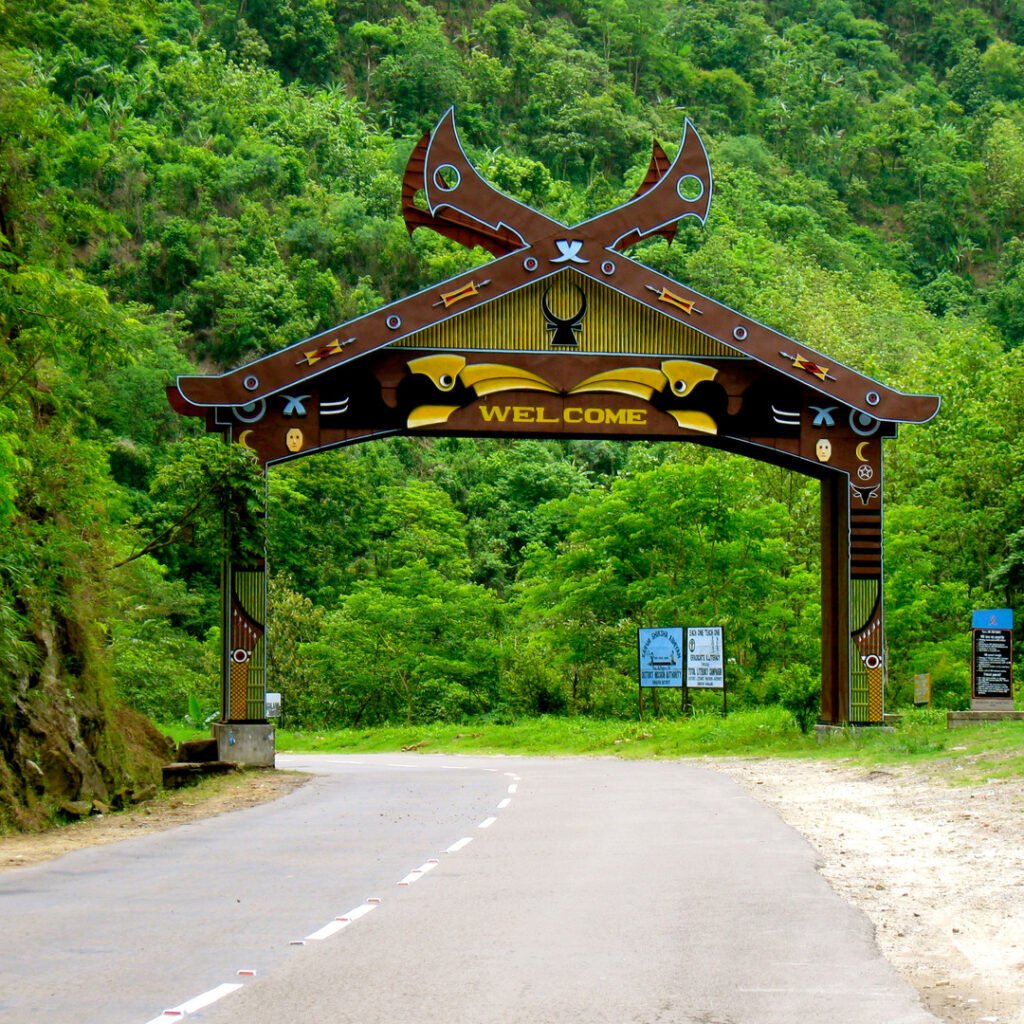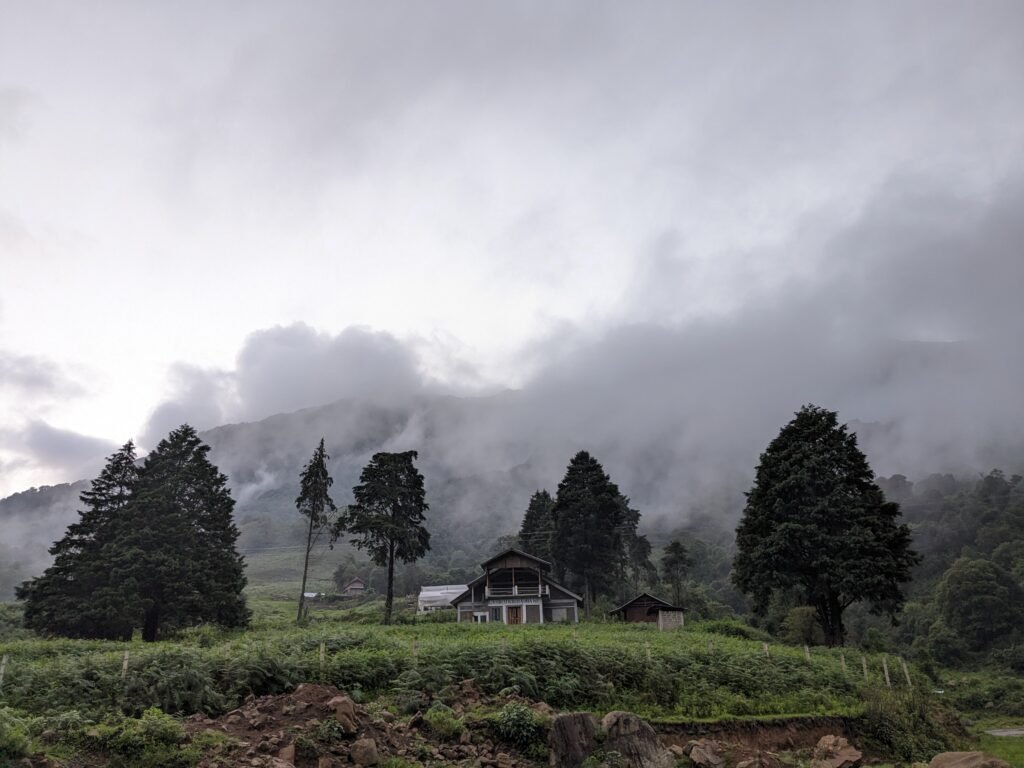Introduction
Nagaland grapples with an imposing challenge – abysmal road conditions. For years, the lamentable state of Nagaland’s roads has obstructed its journey toward progress and prosperity. The region boasts a picturesque terrain, adorned with rolling hills, verdant valleys, and vibrant flora. However, beneath this mesmerizing beauty lies the harsh reality of dilapidated roads that have long been ignored and overlooked.
The Current State of Roads in Nagaland
Neglected and Decrepit Roads
Nagaland’s road infrastructure languishes in the clutches of neglect. Countless roads in this territory bear the scars of potholes, crevices, and uneven surfaces, rendering travel an intimidating and distressing endeavor. The wear and tear on these roads have been exacerbated by heavy monsoon rains, landslides, and limited maintenance resources. As a result, the condition of the roads has worsened over the years, making transportation a daunting task for residents and visitors alike.
Detrimental Impact on Transportation
The pitiable road conditions unleash a profound assault on transportation and logistics. It shackles the movement of goods and services, resulting in escalated expenses and untimely deliveries. The state’s economy heavily relies on agriculture, and the inadequate road network makes it challenging for farmers to transport their produce to markets efficiently. Furthermore, the region’s remoteness amplifies the significance of transportation, as it connects Nagaland to the rest of the country and neighboring states. The absence of well-maintained roads also severely affects tourism, as potential visitors are deterred by the arduous journeys and limited accessibility to tourist destinations.
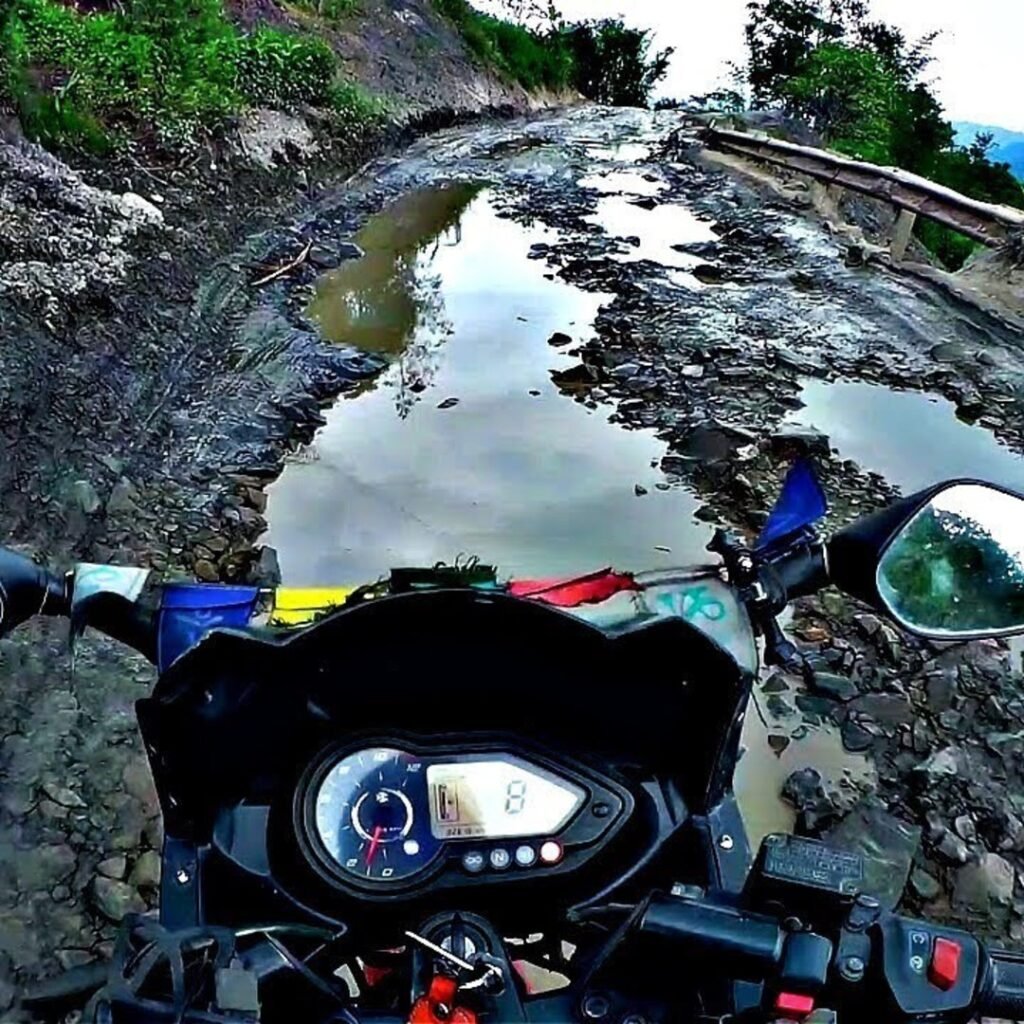
The Socioeconomic Impact of Deplorable Roads
Stifling Economic Advancement
The inadequacies in road infrastructure act as an aversion to potential investors and enterprises from establishing a foothold in Nagaland. The region’s rich natural resources, including fertile agricultural land and vast forests, present tremendous economic potential. However, the dismal state of roads hinders the transportation of raw materials and finished goods, increasing production costs and stifling economic growth. The lack of proper road connectivity has deterred industries from setting up in Nagaland, limiting job opportunities and causing a brain drain as educated youth seek employment opportunities elsewhere.
Isolation of Communities
The remote hamlets and societies in Nagaland endure seclusion due to the absence of well-maintained roads. These villages, steeped in traditional customs and culture, have been left disconnected from the modern world. The lack of accessible roads has hindered social and cultural exchange, limiting access to education, healthcare, and other indispensable services. Moreover, the lack of efficient transportation hampers timely assistance and relief efforts during medical emergencies or natural disasters, putting lives at risk.
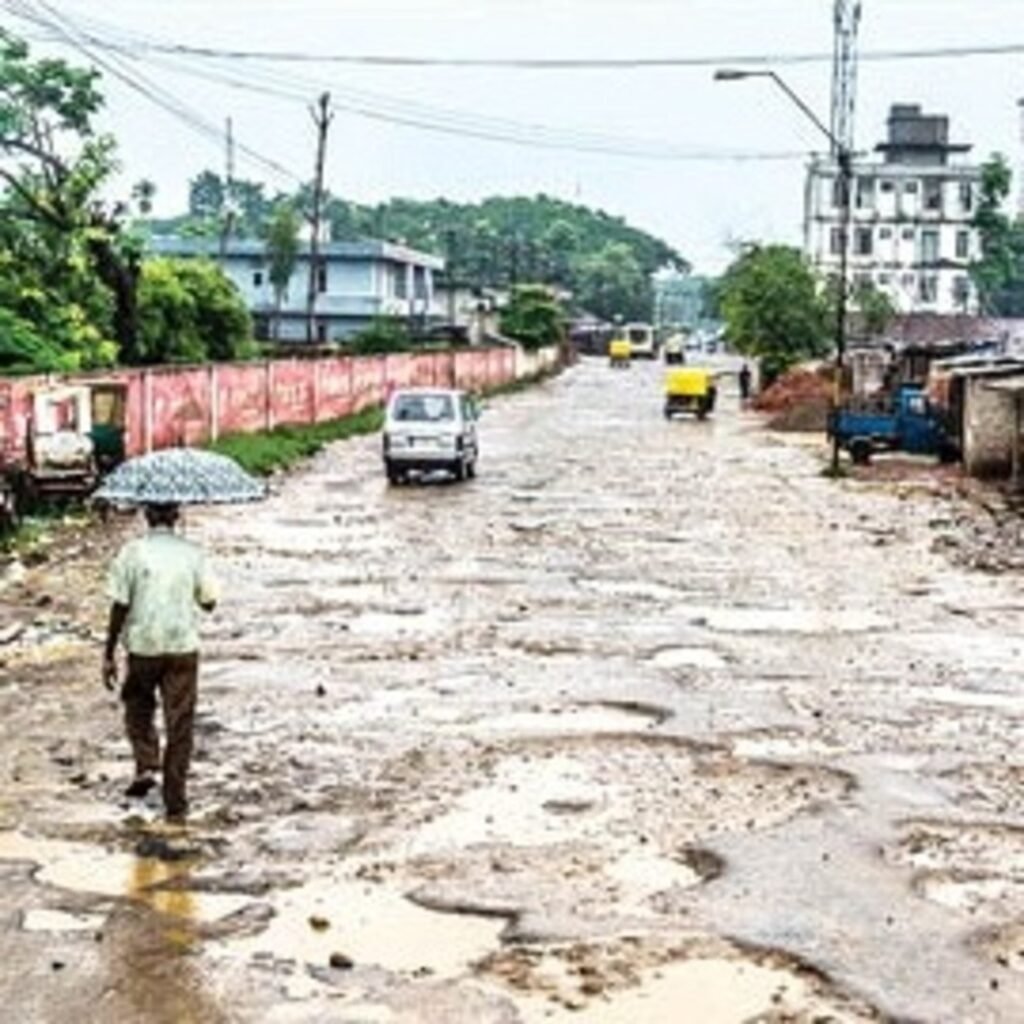
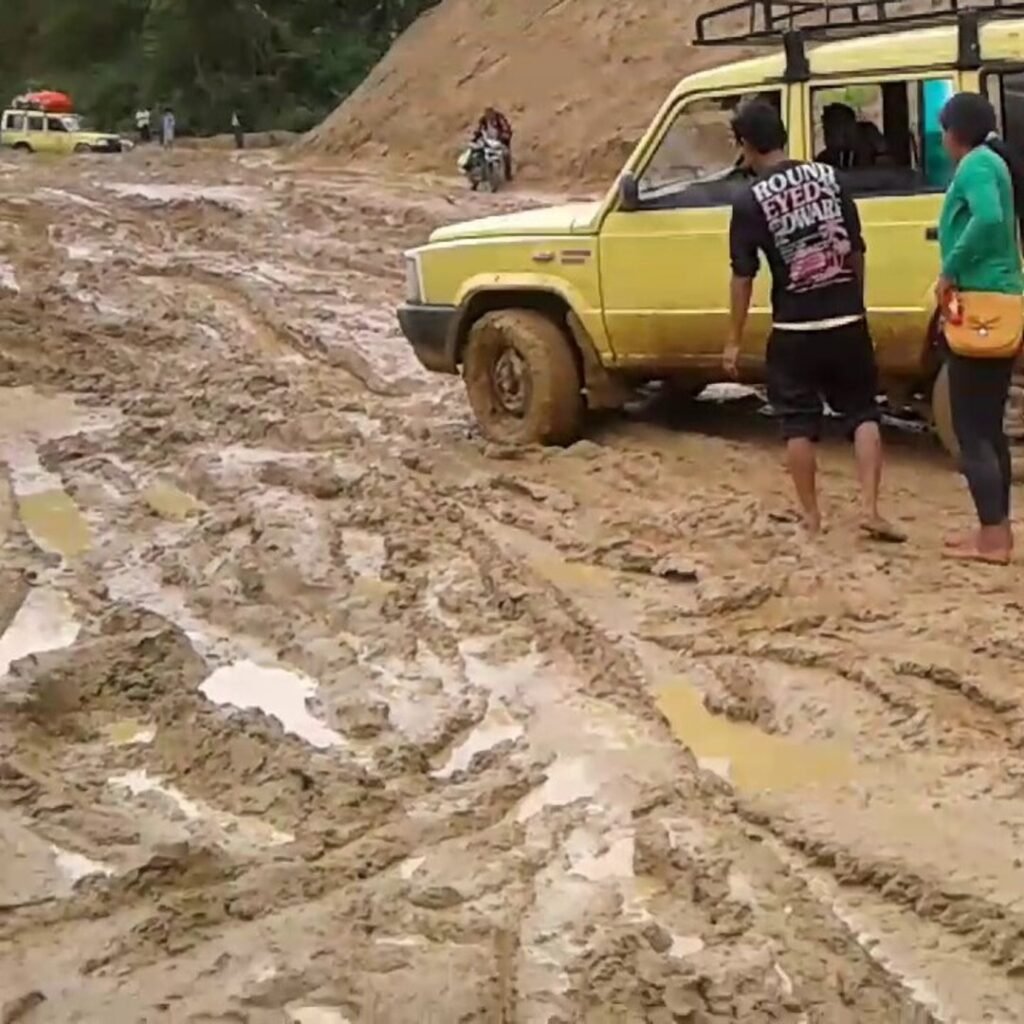
The Imperative for a Transformation
Government Intervention and Allocation
To confront the pressing quandary of road conditions, the government must allocate substantial funds toward road development endeavors. The financial allocation should prioritize the reparation of existing roads and the construction of novel ones to bolster connectivity. The government must also conduct regular inspections and maintenance to prevent deterioration and ensure the sustainability of the road infrastructure.
Collaboration with Private Enterprise
Forging alliances with the private sector holds the potential to expedite road development initiatives. Public-private partnerships can infuse expertise, technology, and funds to rejuvenate the road network in Nagaland. The private sector’s involvement can bring innovation and efficiency to construction and maintenance practices, contributing to the timely completion of projects.
Embracing Sustainable Practices
Whilst uplifting road infrastructure, embracing ecologically friendly and sustainable construction methodologies is imperative. The region’s pristine natural beauty must be preserved and protected during road development. Integrating green initiatives, such as rainwater harvesting systems and renewable energy sources, can contribute to environmental conservation and mitigate the environmental impact of road construction.
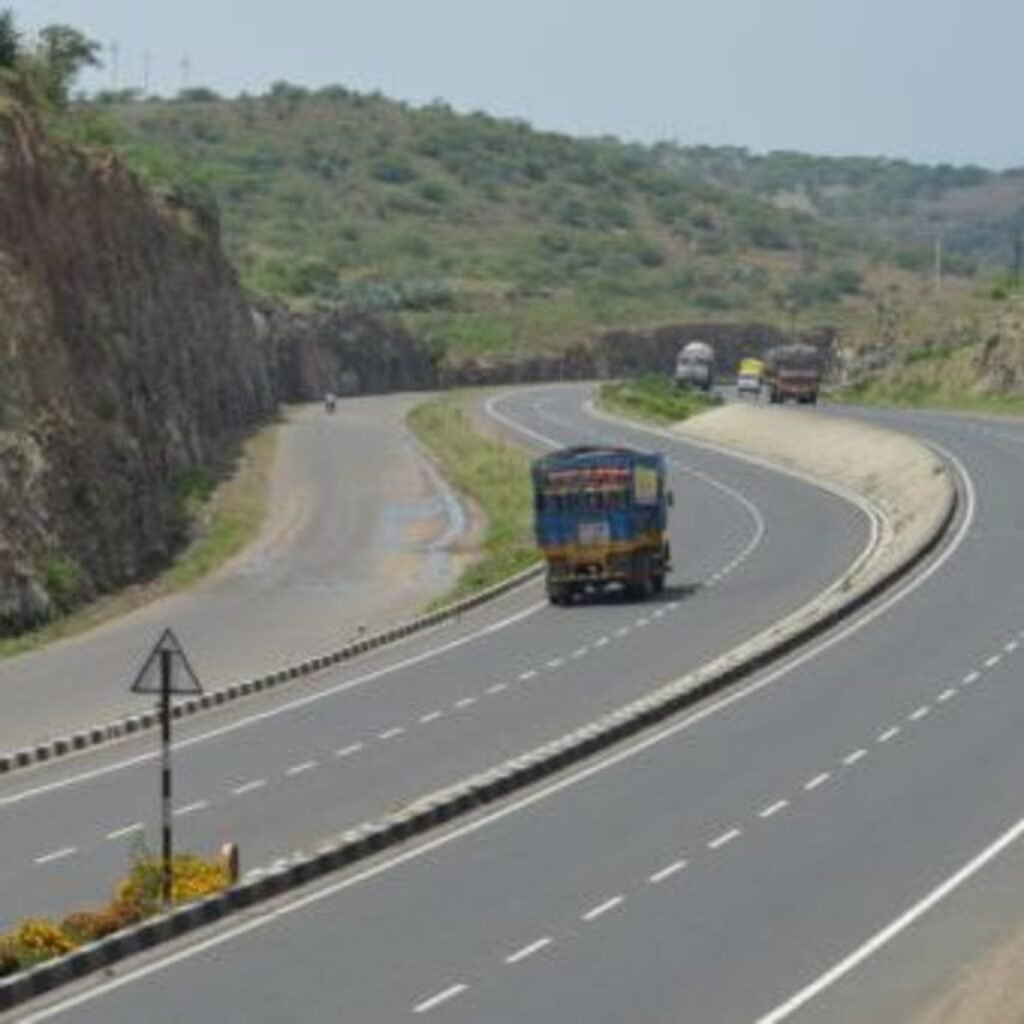
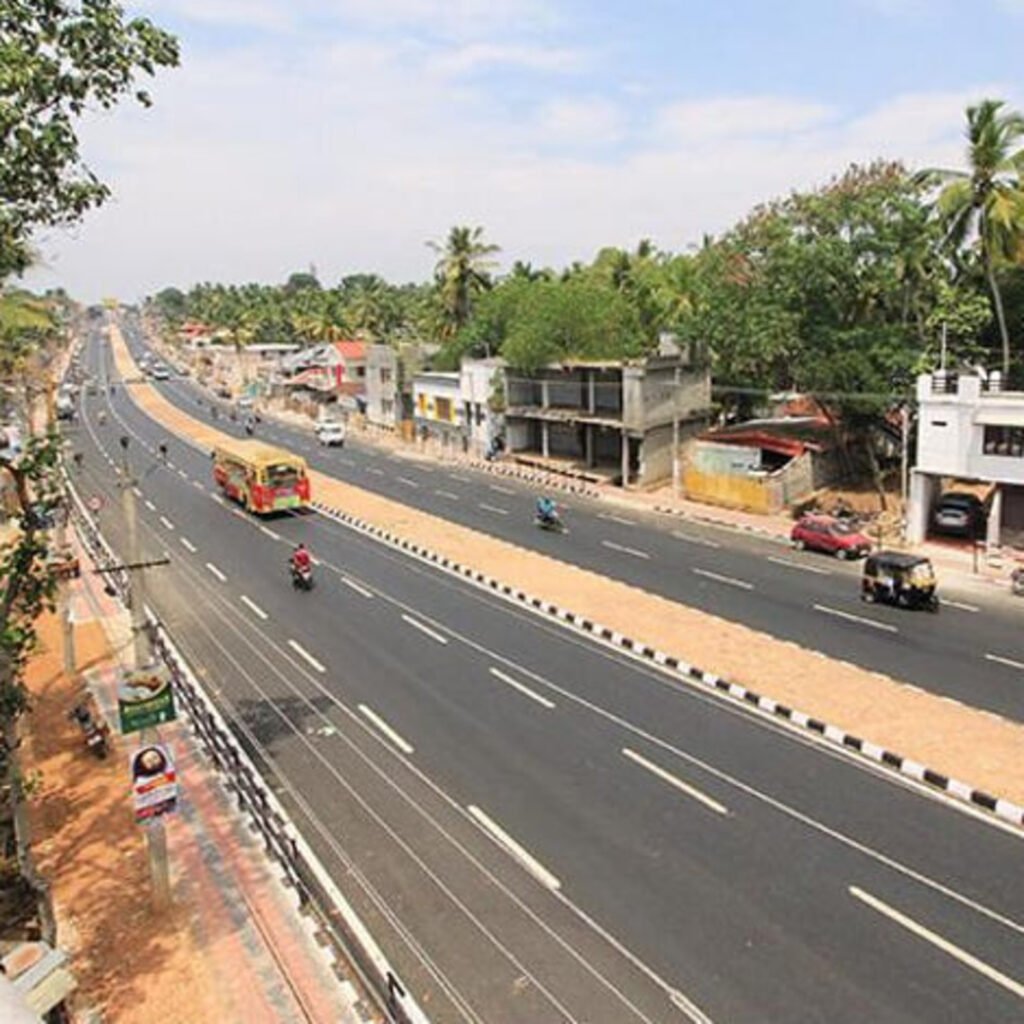
The Roadmap to a Flourishing Future
Rehabilitation and Upkeep
The initial stride towards improvement entails the rehabilitation of existing roads and their regular upkeep. This shall augment road safety and curtail travel time for commuters. Implementing advanced road maintenance techniques, such as cold recycling and micro-surfacing, can extend the lifespan of the roads and minimize disruptions caused by frequent repairs.
Emphasis on Connectivity
Granting primacy to the establishment of well-connected highways and expressways can invigorate economic activities and tourism in the state. Strategically connecting major towns and cities will facilitate smoother movement of people and goods, unlocking new economic opportunities and fostering regional development.
Integration of Technology
Incorporating contemporary technology such as smart traffic management systems and efficient toll collection methods can streamline traffic flow and enhance overall road administration. Automated toll collection systems using RFID technology can reduce traffic congestion and enhance the efficiency of toll collection.
Conclusion
The lamentable road conditions in Nagaland have long been a stumbling block to its trajectory of progress and development. To unlock its true potential, the state must prioritize the transformation of its road infrastructure. With unwavering commitment from the government, collaboration with the private sector, and the embrace of sustainable practices, Nagaland can lay the foundation for a road network that enriches connectivity and catalyzes economic growth and social advancement. The transformation of roads will not only improve lives and livelihoods but also showcase Nagaland’s splendor to the world, inviting greater opportunities for tourism and investment. A well-connected and well-maintained road network will undoubtedly propel Nagaland towards a better, brighter future.
